**Signs of Dog Depression: A Comprehensive Guide to Symptoms**
Understanding the signs and symptoms of dog depression is crucial for pet owners to ensure the well-being of their furry companions. Depression in dogs can manifest through various behaviors and physical changes, often affecting their overall quality of life. This guide provides a detailed overview of the common signs and symptoms of depression in dogs, enabling owners to recognize and address the condition promptly. By understanding these symptoms and seeking professional help when necessary, dog owners can support their pets through this challenging time and enhance their quality of life.
## **Signs and Symptoms of Dog Depression**
Recognizing the signs of depression in dogs is crucial for ensuring their well-being. While some behavioral changes may be subtle, others can be more apparent and indicate a need for attention. Here are several key signs to watch out for:
### Loss of Interest in Activities
A once-playful and energetic dog becoming disinterested in their favorite activities, such as fetching, chasing squirrels, or going for walks, can be a sign of depression. This loss of enthusiasm can extend to other areas, such as grooming or cuddling.
### Changes in Appetite or Sleep Patterns
Significant alterations in appetite or sleep patterns can be indicative of underlying emotional distress. Dogs experiencing depression may start eating excessively or lose their appetite altogether. Similarly, they may develop insomnia or sleep for unusually long periods.
### Withdrawal or Avoidance of Social Interactions
Dogs are inherently social creatures, so a sudden withdrawal from human or canine companionship can be a red flag. Depressed dogs may avoid interactions with their owners, other pets, or even strangers they once greeted warmly.
### Increased or Decreased Activity Levels
Unusual changes in activity levels can also hint at depression. Some dogs become lethargic, spending most of their time sleeping or lying around with reduced mobility. Conversely, others may exhibit restlessness, pacing around or engaging in repetitive, purposeless behaviors.
### Changes in Vocalizations
Dogs communicate primarily through vocalizations. Changes in their usual vocal patterns, such as barking, howling, or whining, can be a sign of emotional distress. Depressed dogs may bark excessively or become unusually quiet.
### Physical Signs
Physical manifestations of depression in dogs can include:
* **Pacing:** Restless and purposeless walking around
* **Licking:** Excessive licking of paws, tail, or other parts of the body
* **Self-mutilation:** Severe licking or chewing of the skin, leading to hair loss or sores
If you observe any of these signs in your dog, it is essential to seek professional help from a veterinarian or animal behaviorist. They can determine if your dog is experiencing depression and recommend appropriate treatment options to improve their mental well-being.
The #1 Free Source for Pitbull & Bully Pedigrees!
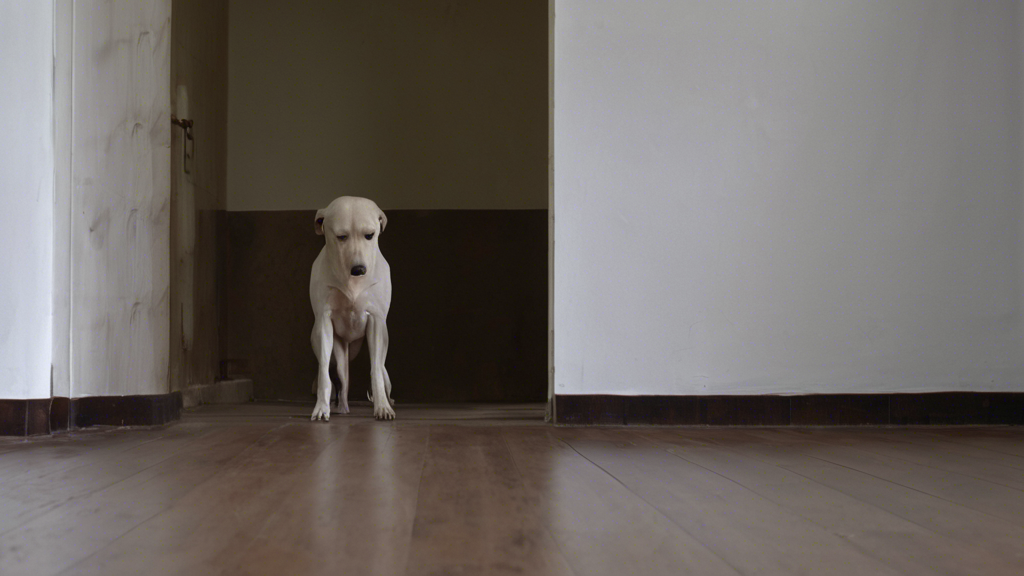
Causes and Treatment of Dog Depression
Potential Causes of Dog Depression
* Separation anxiety: Dogs can become depressed when they are left alone for extended periods, especially if they have a strong attachment to their owners.
* Loneliness: Dogs are social creatures and need companionship. Dogs living in isolation or with limited social interactions can develop depression.
* Boredom: Dogs need mental and physical stimulation to stay happy. When they are bored, they may become restless, destructive, or withdrawn.
* Grief: Dogs can experience grief over the loss of a loved one, such as an owner, companion animal, or even a home.
* Underlying medical conditions: Certain medical conditions, such as chronic pain, thyroid issues, or brain tumors, can also contribute to depression in dogs.
Importance of Professional Help
If you suspect your dog is depressed, it is crucial to seek professional help from a veterinarian or animal behaviorist. They can:
* Perform a thorough medical examination to rule out any underlying medical conditions.
* Evaluate your dog’s behavior and environment to determine potential causes.
* Provide a diagnosis and recommend appropriate treatment options.
Treatment Options for Dog Depression
Treatment for dog depression may vary depending on the underlying cause and individual dog. Some common options include:
* Medication: In some cases, antidepressants may be prescribed to help regulate serotonin and dopamine levels in the brain.
* Environmental modifications: Creating a structured and stimulating environment for your dog, such as providing plenty of toys, exercise, and social interaction, can improve their overall well-being.
* Behavioral therapy: Working with a certified animal behaviorist can help you develop strategies to modify your dog’s behavior, reduce anxiety, and promote positive emotional states.
Remember, treating dog depression is a process that requires patience and consistency. By providing your furry friend with the appropriate care and support, you can help them overcome this challenging condition and restore their happiness.
In conclusion, recognizing and addressing signs of depression in dogs is crucial for their well-being. By being aware of the various symptoms, including changes in behavior, appetite, and social interactions, pet owners can promptly seek professional help. Understanding potential causes such as separation anxiety, loneliness, or underlying medical conditions is essential. Veterinarians and animal behaviorists can provide expert guidance and treatment options, such as medication, environmental modifications, or behavioral therapy. Early detection and intervention can significantly improve a depressed dog’s quality of life, demonstrating the importance of responsible pet ownership. By providing a supportive and loving environment, owners can help their canine companions overcome depression and live happy, fulfilling lives.





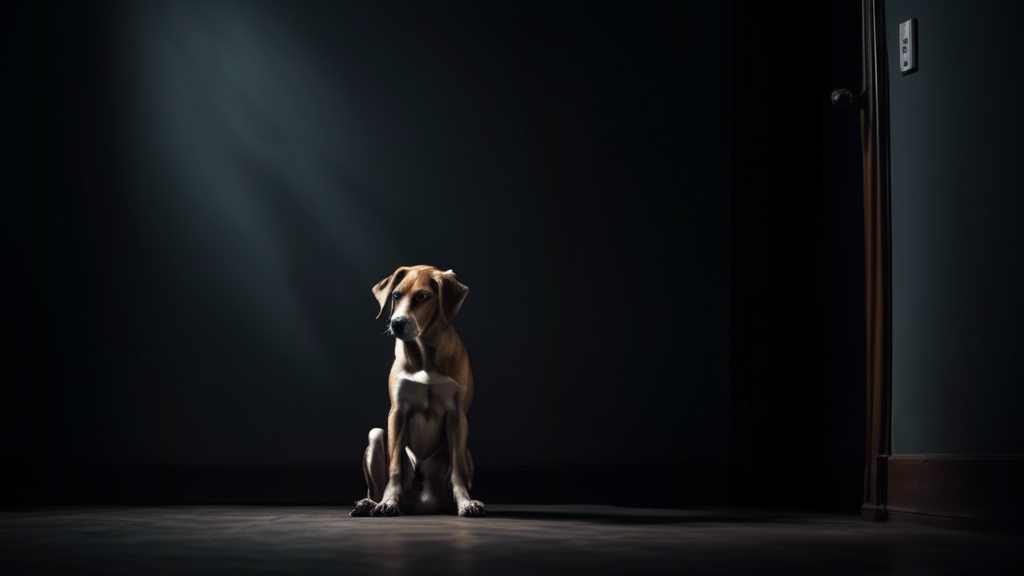
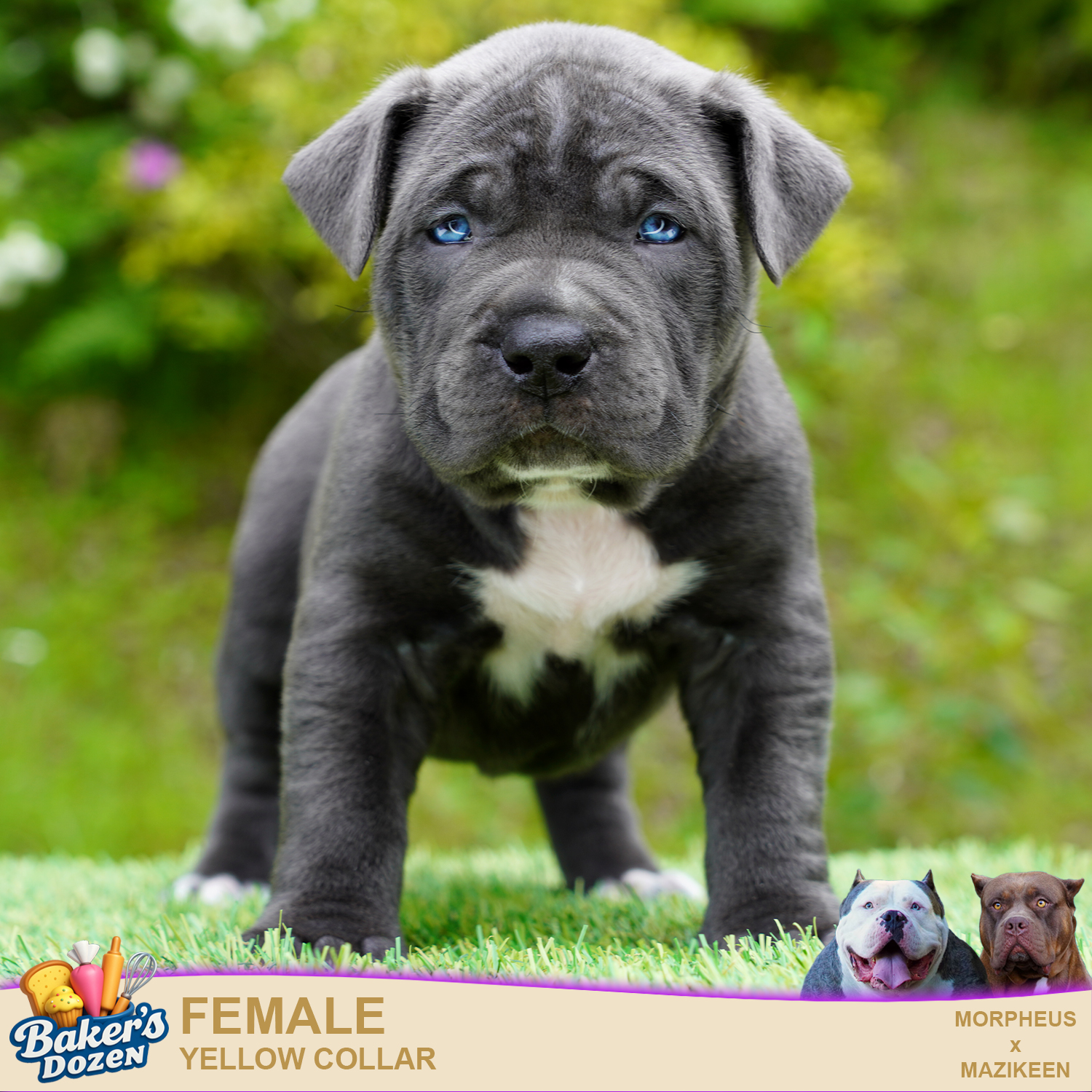


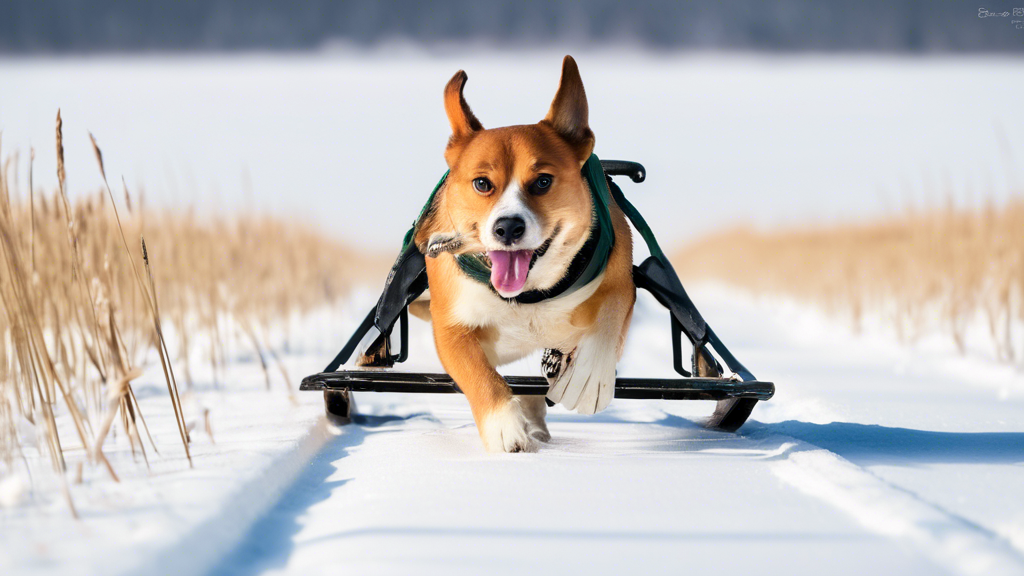
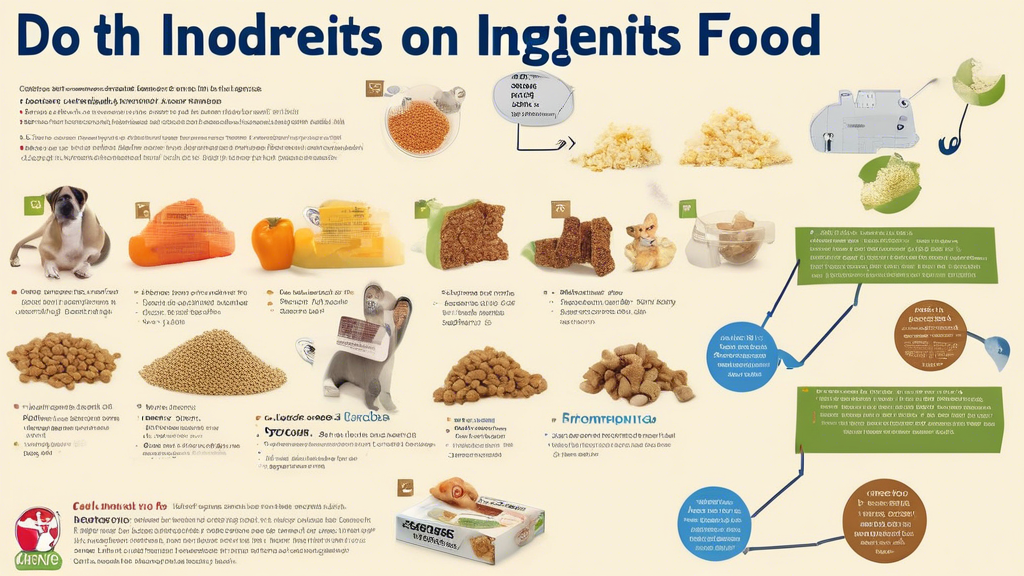
Leave A Comment